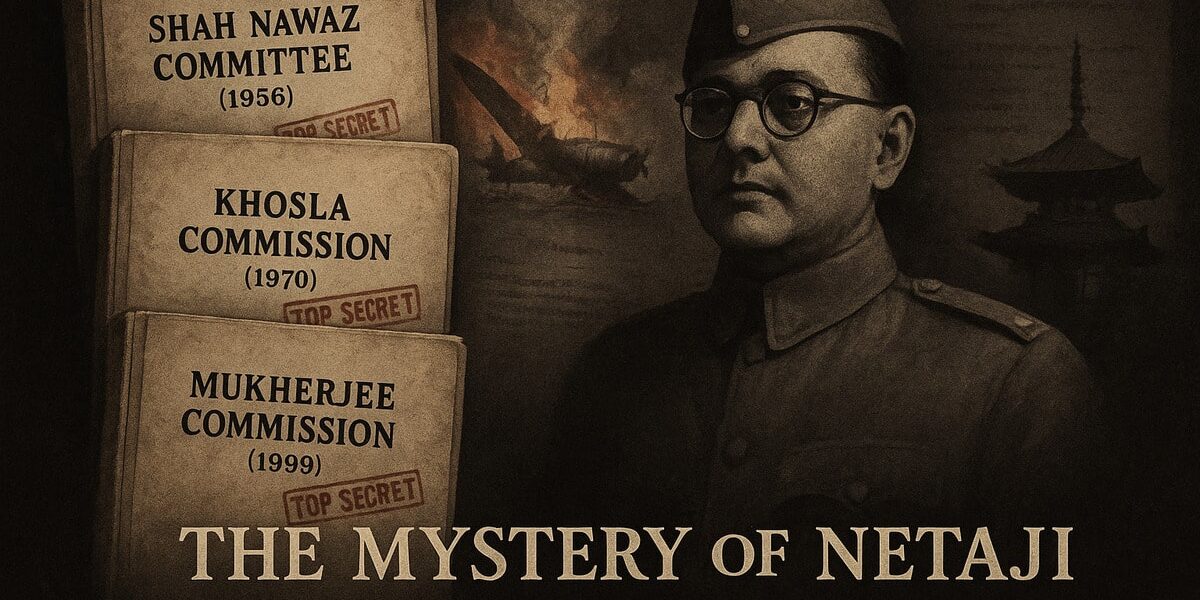
The Mysterious Disappearance of Netaji Subhas Chandra Bose
Imagine it’s a humid August evening in 1945. The roar of propellers fades, and a Japanese army plane shudders into the night sky from Taihoku Airfield (today’s Taipei). On board is Subhas Chandra Bose—Netaji—still burning with the dream of free India, even as the world around him collapses in the aftermath of Hiroshima and Nagasaki. What happens next is one of the most enduring mysteries of Indian history: did Netaji truly perish in that crash on August 18, 1945, or did he vanish on purpose, slipping through the fingers of history itself?
A Sudden End… or a New Beginning?
According to official accounts, mere minutes after takeoff, the left engine failed. The aircraft spiraled earthward, bursting into flames upon impact. Eyewitnesses claim they saw Bose’s battered form dragged from the wreckage, alive but horribly burned. He was rushed to the nearby Japanese army hospital, said to have briefly regained consciousness, murmuring plans for INA’s future—plans he would never fulfill. By 7 PM that evening, Netaji had “breathed his last.” Four days later, under the alias Ichiro Okura, he was cremated, his ashes interred at Tokyo’s Renkoji Temple.
Yet there’s no unambiguous photograph of his body, no official medical record from the hospital, and no Indian present at the time of death. Instead, we have a shrouded image, secondhand testimonies, and a burning question mark that refuses to cool.
READ MORE
- Subhas Chandra Bose, INA, and the Final Blow to British Rule in India
- Resignation of Subhas Chandra Bose from Congress Presidency in 1939
The Shah Nawaz Committee (1956): Trusted Faces, Questionable Reach
In the wake of public outcry over Netaji’s fate, Prime Minister Jawaharlal Nehru announced India’s first formal inquiry on 20 April 1956. The Shah Nawaz Committee was chaired by Shah Nawaz Khan, a former major in the Indian National Army turned Congress MP, alongside S. N. Maitra, an established civil servant, and Suresh Chandra Bose, Netaji’s elder brother.
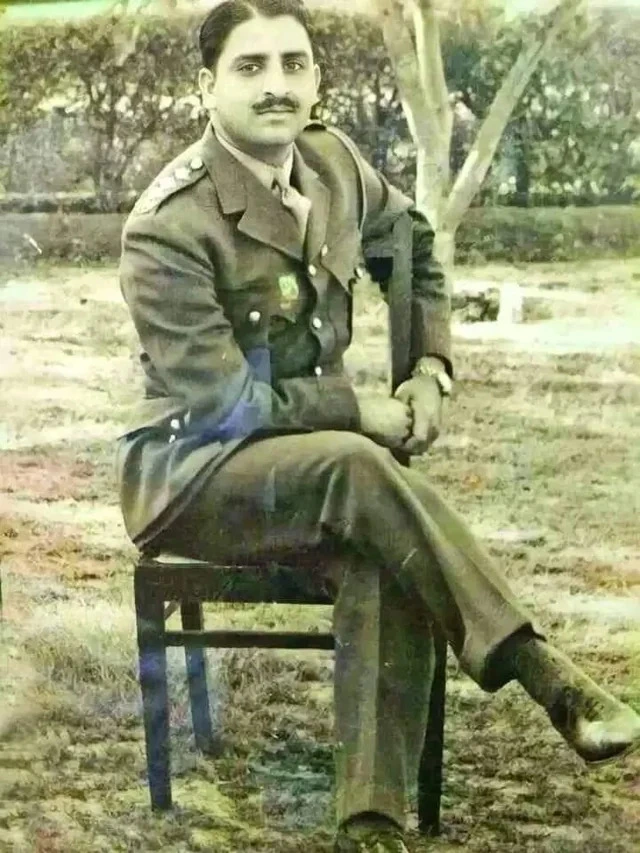
Mandate & Methodology:
- Interviewed over 60 witnesses, including INA aides like Habibur Rahman and Japanese military officers.
- Collected affidavits from hospital staff in Taihoku (Taipei) and gathered secondary reports from Allied intelligence.
- Relied heavily on oral testimony; no site visit to Taiwan was conducted. This omission would become the committee’s most criticized lapse.
Key Findings:
- Concluded Netaji died in the Taihoku crash on 18 August 1945.
- Asserted the ashes interred at Renkoji Temple (under the name Ichiro Okura) were indeed Bose’s.
Controversies & Critique:
- Political Proximity: Critics argued that Shah Nawaz Khan’s position as a Nehru loyalist risked bias in the inquiry.
- Brother vs. Brother: Suresh Bose formally dissented, calling for full access to all Japanese and British archives—a demand that went unfulfilled.
- No On-Site Verification: By never setting foot in Taiwan, the committee skirted the single most direct method of corroborating crash details.
Despite the report’s official ratification on 15 August 1957, public skepticism persisted, laying the groundwork for a second, more probing commission fourteen years later.
The Khosla Commission (1970): Close Ties, Open Doubts
Responding to unresolved doubts, the Indira Gandhi government appointed a one-man panel on 17 April 1970: the Khosla Commission, under Justice G. D. Khosla, former Chief Justice of the Punjab High Court and a known confidant of Nehru.
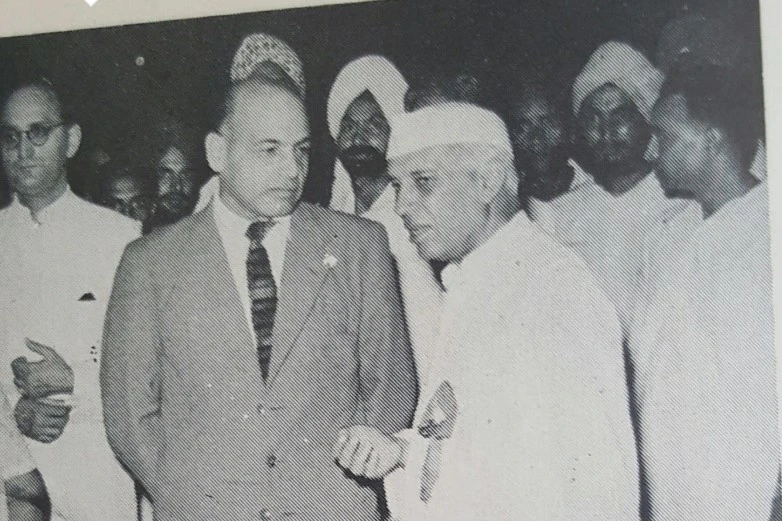
Mandate & Reach:
- Empowered to visit all crash-related sites, interview remaining witnesses, and review government-to-government correspondence.
- Traveled to Taipei in late 1970—but, in a move still lamented by historians, Justice Khosla never disembarked from his car to inspect the old runway or hospital grounds.
Major Conclusions:
- Reinforced Shah Nawaz’s verdict: Bose died in the 1945 crash.
- Dismissed the existence of “nurse Tsan Pi Sha,” who had cared for the Bose at the Japanese army hospital. He even said it was unlikely she existed, because only male nurses worked at that military hospital in 1945.
Points of Contention:
- Reliance on Prior Reports: Khosla leaned on 1956 testimonies rather than gathering fresh evidence, effectively granting the Shah Nawaz Committee a veto over new lines of inquiry.
- Personal Connections: His fortnightly Nehru luncheons—and a foreword penned by Nehru for one of Khosla’s books—raised serious questions about impartiality.
- Dismissal of New Leads: Critics note that even credible leads—from British intelligence cables to Japanese military logs—were given cursory treatment.
When Justice Khosla submitted his final report in March 1974, it was lauded officially but received with ambivalence by scholars and the bereaved Bose family alike.
The Mukherjee Commission (1999–2006): Dismantling the Cover-Up
Under Prime Minister Atal Bihari Vajpayee’s NDA government, Parliament passed the Justice Mukherjee Commission Act on 11 August 1999, entrusting former Supreme Court judge Manoj Kumar Mukherjee with an exhaustive re-examination of Netaji’s disappearance.
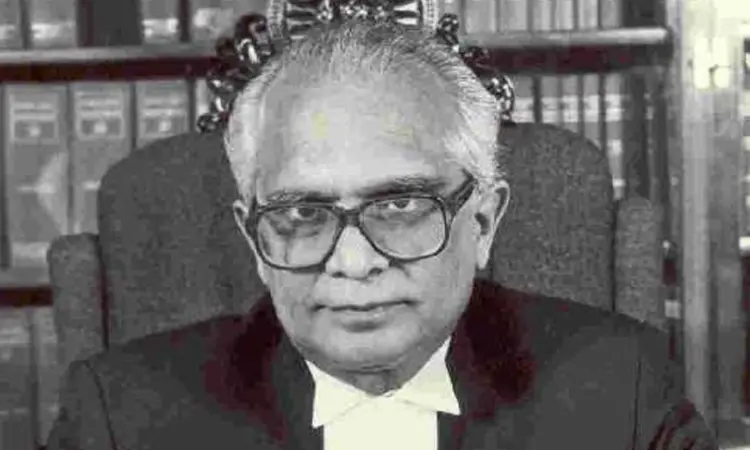
Scope & Powers:
- Access to classified Indian, Japanese, and Allied archives.
- Authority to subpoena witnesses worldwide and commission forensic analyses of purported Bose relics (handwriting samples, teeth, etc.).
- The initial plan included an on-site visit to Taiwan; inexplicably, the MEA later blocked this trip.
Groundbreaking Revelations:
- Taipei Records Scrutinized: A deep dive into Taiwanese crematorium logs for 18–24 August 1945 turned up only Ichiro Okura, not Bose, managing to dismantle the official cremation narrative.
- Forensic Investigations:
- Handwriting Experts: Found both striking similarities and puzzling discrepancies between Netaji’s known scripts and samples attributed to the “Gumnami Baba.”
- DNA Tests: Teeth fragments said to be from Gumnami Babawere tested against Bose family members. Results were inconclusive, but the process exposed gaps in chain-of-custody documentation.
- International Diplomacy Files: Japanese military communiqués hinted at a coordinated cover-up, orchestrated by two Japanese doctors and aided by Habibur Rahman, to conceal Bose’s identity.
Final Verdict & Political Fallout:
- Report Tabled: Mukherjee presented his report on 18 May 2006, concluding the plane crash story was a “concerted act of deception.”
- Government Rejection: Within weeks, the UPA government dismissed the findings as “speculative” and refused to declassify supporting documents.
- Legacy of Distrust: Declassified Indian intelligence records later revealed surveillance on the Bose family for nearly two decades—evidence that New Delhi may have never accepted the crash hypothesis.
Over half a century and three commissions later, the mystery of Subhas Chandra Bose’s fate remains unsolved. Each inquiry added layers of complexity—political, forensic, and human—ensuring that Netaji’s disappearance continues to haunt the annals of India’s freedom struggle.
Beyond the Crash: Wild Theories and Lingering Whispers
When facts run out, imagination rushes in. Two theories captivate netizens and historians alike:
- The Soviet Escape Theory: Could Bose have staged his death to slip behind the Iron Curtain? British intelligence memos from 1945 hint at Soviet asylum, but Moscow has always denied the claim. What if, even today, Netaji lies buried beneath Russian snow?
- The Gumnami Baba Enigma: In the dusty lanes of Faizabad lived a saffron-clad sadhu known as Gumnami Baba, reportedly speaking of INA secrets and quantum leaps in political philosophy. Some devotees swore he was Bose in hiding. DNA from teeth found near the sadhu’s relics was inconclusive, and both the Mukherjee and Sahai Commissions found no hard proof. Still, the legend refuses to fade.
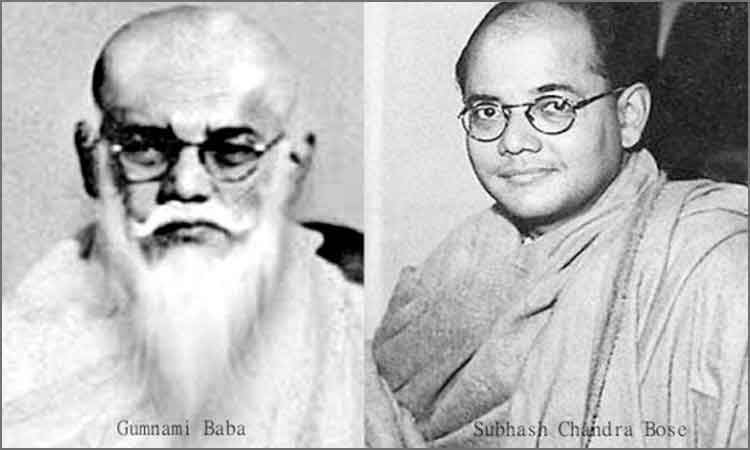
Why the Mystery Endures
Subhas Chandra Bose’s disappearance is more than a historical footnote—it’s a mirror held up to post-Independence India’s political anxieties. While professing to bring closure, each commission reopened deep wounds of distrust. Official records remain scattered, eyewitnesses pass away, and key documents lie classified. Meanwhile, every August 18th, a new generation asks: What happened to Netaji?
Perhaps the truth is destined to remain as elusive as the man himself. Or perhaps, one day, a declassified file, a fading photograph, or a survivor’s final whisper will lift the veil. Until then, the Mysterious Disappearance of Subhas Chandra Bose stands as India’s greatest unsolved riddle, beckoning us to keep asking the questions no one dared answer.



